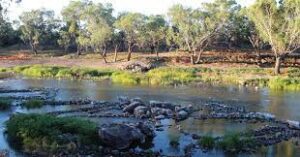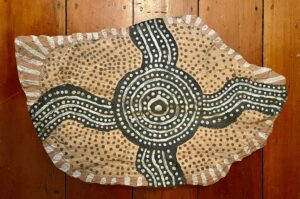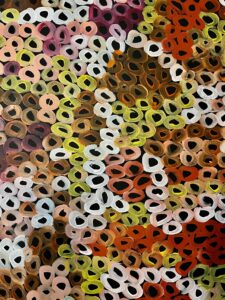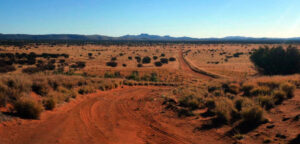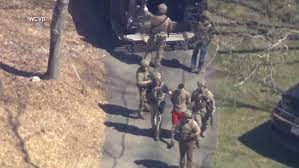
A young American national guardsman was apprehended as the person alleged to have leaked “State Secrets”, not apparently for any reward apart from seemingly to “big note’ himself. He apparently is big on Guns and God; not an anarchic nihilist, but one who is a dab hand at getting into the holy of holiness – “the State Secrets”, and what’s more, converting it into a video game. The force sent to arrest him magnified the view of the Government being a Puffer Toad, so many Federal agents were deployed to arrest this one guy. The melodrama was almost comical and shows how difficult some elements of the US government have in maintaining perspective.
Meanwhile, back in Australia, two female Federal police officers arrested some guy who had allegedly been flogging Australia’s State Secrets, presumably to some Chinese agents. The vision of this duo bundling the guy into the back seat of an unmarked police vehicle contrasted so markedly from that beamed from the United States showing the arrest; thus showing very clearly the matter-of-fact way these two women had gone about their task. Oh my God, two women in mufti, without flak jacket, and not armed to the teeth in arresting a “Suspect of One”. This scenario would not do for the American media, with their “Law and Order” knee jerk response.
The question arising from the American experience is that if a lowly national guard could gain access to such sensitive material, it would be inconceivable that all the expert hackers all over the globe would not also have been able to access all this “secret information”. Then there is presumably a battle to determine whether the information is false, which in turn sets the scenario for a gigantic maze of false clues and games not too different from that devised allegedly by the hapless young man with a love of Guns and God.
Five Bells
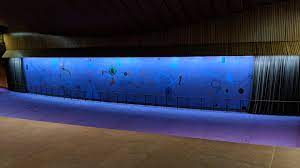
John Olsen died last week. His bird’s eye view of the Australian landscape has been praised by figures more authoritative than me. He painted at least two spectacular tributes to the greatest elegy ever written by an Australian. I have borrowed this succinct description of Olsen’s contribution: John Olsen’s 1963 painting, Five Bells, on permanent display at the Art Gallery of New South Wales, and his 1973 mural, Salute to Five Bells, installed in the northern foyer of the main concert hall at the Sydney Opera House. In the Royal Botanic Gardens near the Opera House gate, Guy Lynch’s Satyr, modelled on Joe, looks out to sea to where his brother drowned and where the Manly Ferry passes on its daily route.
Just let me say, I love these representations of the variety and vastness of Australia. Fred Williams was one such painter of this genre. We have a painting which very closely mimics a Fred Williams. I like it, although the purists would say it lacks the magic of Williams’ aerial views.
However, we do have a Hissing Swan’s view of the Western District of Victoria. Hissing Swan is the whitefella name for the Aboriginal artist, Karun Warun, whose vision of his land is very striking, with the overlay of an Aboriginal warrior imprinted on a fiery background of his tribal land spear in hand looking down on the fallen one.
Kuran Warun grew up in Framlingham, an Anglican mission originally on the Hopkins River north of Warrnambool. In 1971 the Aboriginal people were finally granted ownership of 237 hectares there and the land is now managed by the local Aboriginal Trust. Karun Warun is a Gunditjmara man. Originally his mob were from north of Portland, around Lake Condah, but they were also forcibly moved to Framlingham, and this was inter alia the depiction of his lands.
But the the actual painting subject is the snake tribe and goanna tribe in conflict.
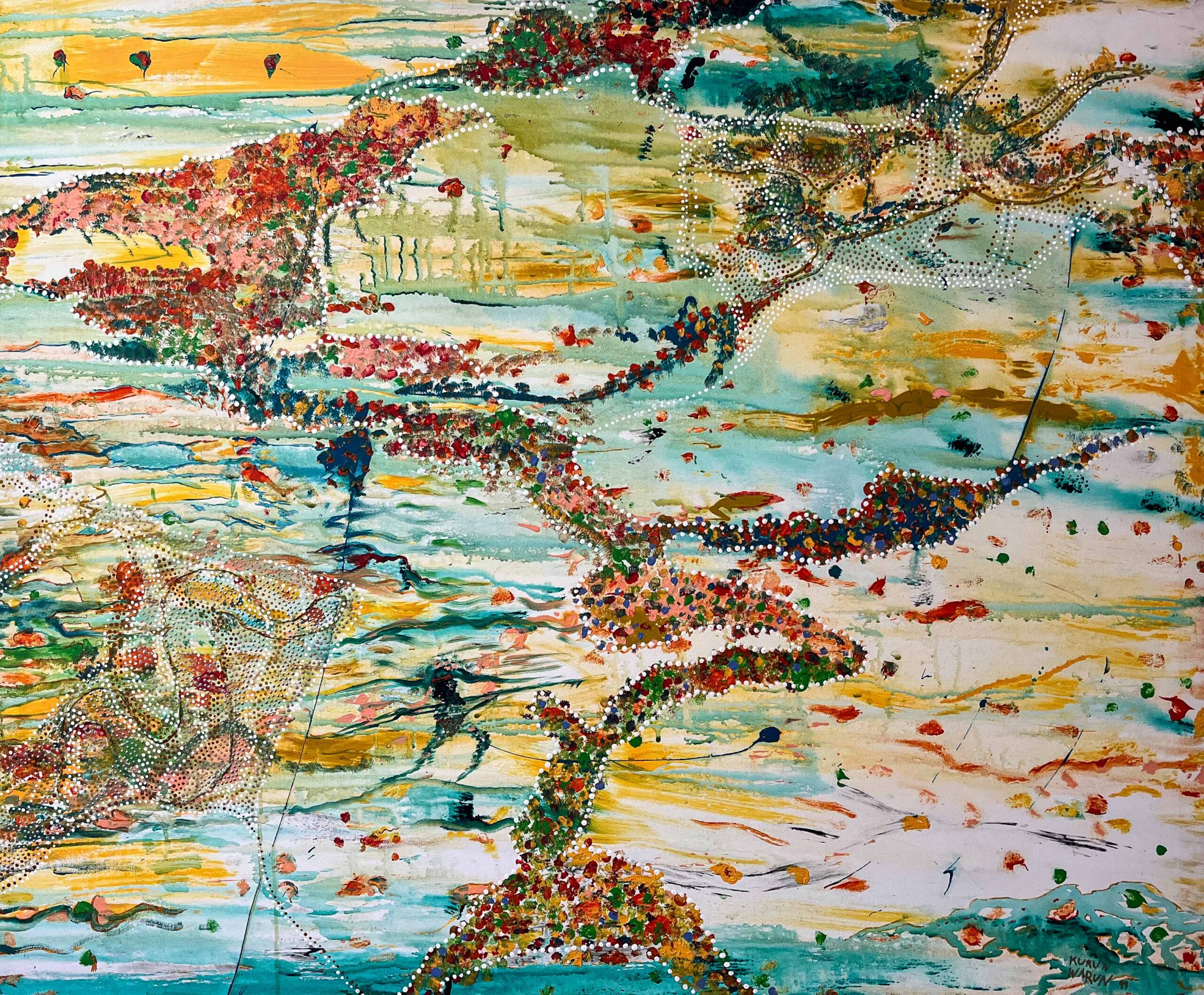
But what of Five Bells?
Some years ago, I acquired the original 1939 edition of Five Bells by Kenneth Slessor. This elegy to Joe Lynch, his artist friend who drowned in the Sydney Harbour in 1927, took him several years to complete. It is a remarkable poem because his wording for me has a certain narrative to which I can relate. There is an intimate revelation, interrupted by the “Five bells” amen.
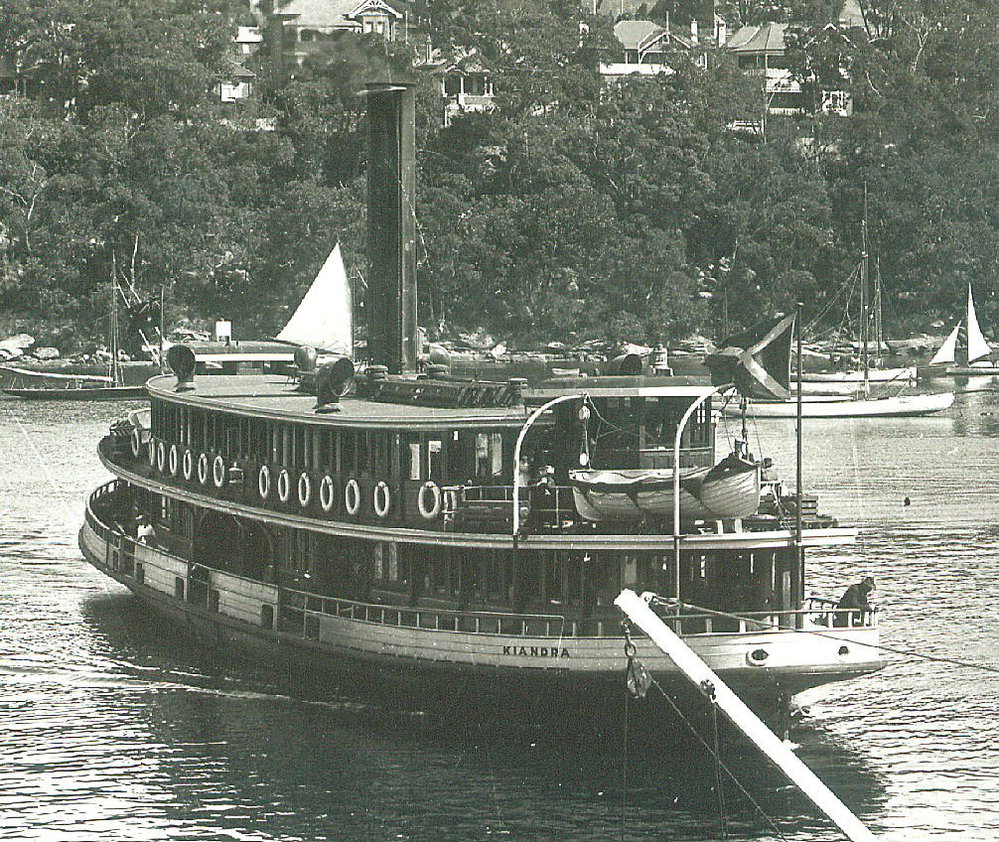
Five Bells occurs at 10.30 pm (and at 10.30 am) on a ship’s watch, and it suggests that was the time at night when Joe Lynch dived from the Harbour ferry, drunkenly saying he could swim faster than the ferry. (The other explanation was that he just fell overboard with his overcoat full of bottles of beer weighing him down.) This poem was written between 1935 and 1937 and it is obvious reading it that the death of Joe Lynch had a traumatic effect on Slessor.
It finishes thus:
And tried to hear your voice, but all I heard
Was a boat’s whistle, and the scraping squeal
Of seabirds’ voices far away, and bells,
Five bells. Five bells coldly ringing out.
Five Bells
There are other poems in this slim volume with the accompanying “six decorations” by Norman Lindsay and dedicated not to Lynch, but to the memory of another Australian poet, who died at the age of 28 in 1932, John Alexander Ross McKellar. Five Bells dominates as it does Australian Poetry.
Where Am I?
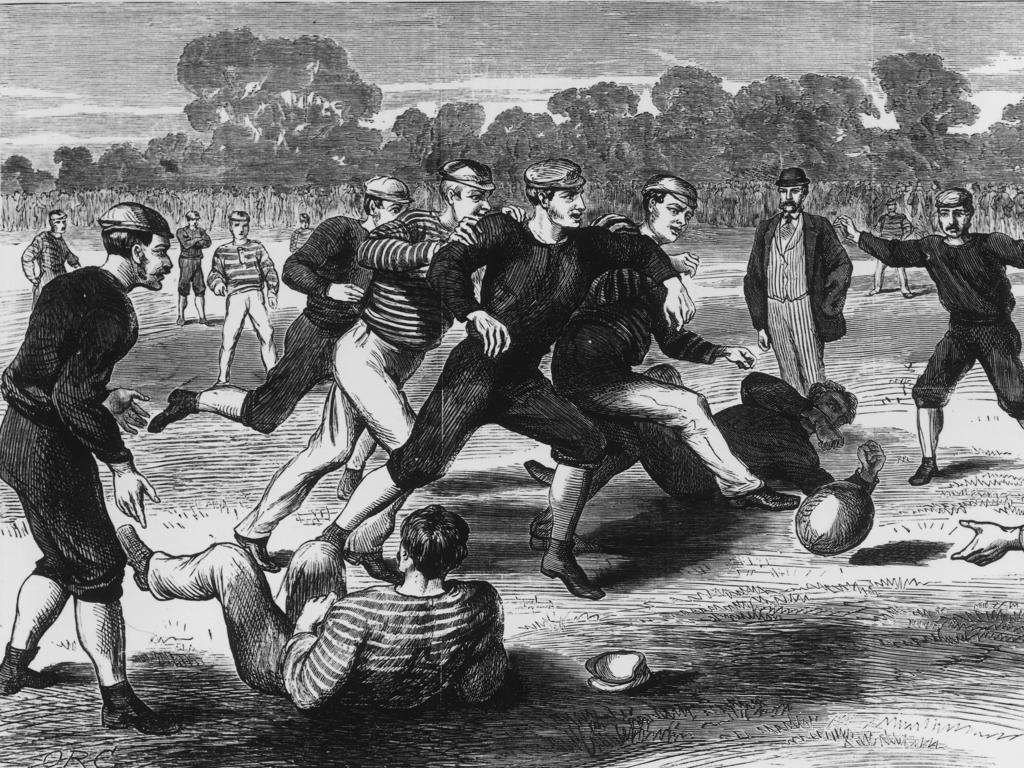
I was first concussed badly during an intra-school football match of Australian football. I was knocked out and remember nothing about it. I woke up in the school sick bay with no memory of the event. I must have been 13 at the time. I had a headache and my father picked me up, took me home and after a weekend in and out of bed, I went back to school on the Monday. After some time, I learnt that one of the opposition players had just run through me when I was gathering the ball. Although we went through another four years of school, it was never discussed, and he certainly never apologised. It was considered not that serious, just one of the risks of playing a contact sport.
Life was much more physically confronting when I was first at school. Everybody was expected, unless excused, to participate in the annual boxing tournament. The finals were held on a wintry oval, and I still remember losing the fight with a broken nose.
These exercises in inciting concussion paled into insignificance when I had a major car accident now nearly 42 years ago. Among my multiple injuries, I had significant head injuries which, in reprocessing the incident, I must have been initially knocked out before I remembered releasing my seat belt and opening the car door. I do not actually remember getting out of the car but remember maniacally laughing as I watched the car burn – with the ambulance bells ringing in my ears approaching in the distance. The next memory was waking up on the operating table at the Goulburn Valley Base Hospital.
My injuries were moderately severe, but in relation to my head, my sub-galeal space, that potential space between my skull and the fibromuscular tissue which covers the cranium, was full of blood. It was in such a quantity that if you poked one side of my head the vibration was transmitted through the pool of blood to the other side of my head. I had a cut over my right eye, and a cruciate wound where my jaw struck the steering wheel ( and which required several plastic surgery interventions).
Yet I had no bleed in the brain, but I did notice over the years that I had a change in personality – something only a person with the introspection of an only child could detect.
The other observation of relevance is that once when I was having some orthodontic work, the dentist kept breaking his drill bit on my bone which he likened to marble. It has also been noted that repeated concussions are associated with thickening of the skull, but what of the benefits if you are born with dense bone? I make no further comment, but we Australians do wear helmets, presumably to minimise brain injury – although that benefit is to some experts problematical.
I do add that I am suffering from long term problems elsewhere throughout my body from that accident so long ago.
Still, should I say I am perhaps a case of dementia-in-waiting?
Julian the Lesser?
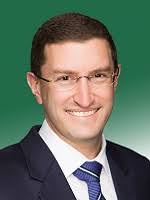 Leeser, whose stance will help him keep his once-safe northern Sydney seat of Berowra from the teals, is likely to join other high-profile backbench colleagues such as Andrew Bragg and Bridget Archer when the official “Liberals for Yes” campaign begins.
Leeser, whose stance will help him keep his once-safe northern Sydney seat of Berowra from the teals, is likely to join other high-profile backbench colleagues such as Andrew Bragg and Bridget Archer when the official “Liberals for Yes” campaign begins.
This summary of the survival instincts of Julian Leeser received attention by Philip Coorey’s article in the AFR about the defection of Leeser from the Party line over the Referendum. A lawyer, Leeser’s route to accession to a safe seat in the leafy Liberal Party stronghold illustrates wending his way through the NSW Liberal Party organisation into the moderate faction where, under John Howard’s influence, members have suffered ritual humiliation in the broad church of “Oxymoronic Liberal Intolerance”. This was the price one paid for being a voice of moderation in such a Church – just ask Petro Georgiou.
Leeser worked for McMahon when he was Prime Minister. On his defeat in 1972, the Liberal party was not that far away from that apocryphal perception of the Country Party’s Aboriginal party policy as “poison the waterholes”. Snedden was very conscious that his office make contact with the young mainstream Aboriginal activists, even though Neville Bonner had been elected a Coalition Senator for Queensland in 1971. Bonner was awarded all the recognition one would expect for the first Aboriginal person to be elected to the Federal Parliament. Nevertheless, he made a revealing comment once: I was treated like an equal on the floor of the chamber, neither giving nor asking quarter, but there were hours sitting in my office and I went home alone to my unit at night. There was never one night when anyone said “Hey, let’s go out tonight”.
Paradoxically in 1967 it had been Harold Holt and his Government which initiated giving recognition to the Aboriginal People by repealing section 127 of the Constitution and deleting the reference to ‘the Aboriginal race’ as it was deemed discriminatory and denied the Commonwealth Parliament the opportunity to make special laws for Aboriginal people even if they were of an affirmative nature.
The amendment proposed repealing section 127 of the Constitution, “In reckoning the numbers of the people of the Commonwealth, or of a state or other part of the Commonwealth, aboriginal natives shall not be counted.”
It had been claimed that section 127 had been included in the Constitution because Aboriginal people, at the time the Constitution had been written in the last decade of the nineteenth century, were looked down upon with the epithet bestowed of them as “Stone Age people”, being used as a term of denigration. Prime Minister Menzies is quoted in 1965 as saying Aboriginal people “being a mainly tribal and nomadic lifestyle creating ‘practical difficulties … in satisfactorily enumerating the Aboriginal population’.”
In introducing the Constitution Alteration (Aboriginals) Bill 1967, Menzies’ successor as Prime Minister, Harold Holt, said, “The simple truth is that section 127 is completely out of harmony with our national attitudes and modern thinking. It has no place in our Constitution in this age.”
When put to the Australian electorate the usual practice of presenting a “Yes” case and a “No” case for these two amendments was not followed as no Member of Parliament could be found to authorise a case against the proposed amendments. This was reflected in the overwhelming support for the Referendum, remembering it was still a time when you had to be 21 years of age to vote.
These proposed amendments received 5,183,113 votes or 91 per cent in favour, the biggest majority ever given to a referendum question in Australia, and it passed in all six States. It should be noted that it was not until 1977 when the referendum approved an amendment to the Australian constitution to allow electors in the Australian territories to vote at referendums, Territorians could not vote in referendums. Their votes are only included in the national total, but in the 1967 referendum, the area of Australia with the most visible Aboriginal people, the whitefellas could not vote in that referendum (nor for that matter those living in the ACT, Cocos Islands, or Christmas Island).
The advent of the Aboriginal Tent Assembly populated by young Aboriginal activists sprang up in 1972, as an accompaniment to Black activism in the United States. Vietnam protests were another source of youth discontent. After all, one could be conscripted at 18 years but not entitled to vote. The sight of a tent assembly with campfires being lit in front of the then Parliament House assaulted the sensibilities of a conservative parliament.
I went out and talked to Charlie Perkins, and after an initial wariness, we hit it off well in that year, so much so that once I was sitting around the campfire yarning with Charlie Perkins and others such that it prompted one National member of Parliament to ask “who was that Communist working for Snedden?”
Dutton, from my observation, has not a clue how to approach Aboriginal people. He seems to rely on the one voice of Jacinta Price, and otherwise naturally gravitates to whitefellas, who share his basic lack of sympathy. He is not only an authoritarian personality reinforced by his time as a Queensland policeman but also by not being particularly bright.
He has taken time to achieve leadership of the Liberal Party, and the Labor Party are “playing” him well. After all, the Labor Party had a foretaste of the authoritarian personality when Mark Latham was its leader. The other seeming benefit that Dutton enjoyed was the support of Murdoch. The timidity of the Australian politicians – the fear of Murdoch’s relentless assaults. The Murdoch Empire now is showing early signs of disintegration – as Murdoch himself concealing his obvious frailty, not unexpected once one reaches ninety, coupled with a shaky succession riven with conflict.
Dutton is thus a product of a time which clouded Australian politics, but the number of reverses he has experienced demonstrates that the same way he addresses every matter – the blunderbuss of negativity – is not working. He may have a point in referencing the Aboriginal Voice as the province of Canberra based Aboriginal bureaucrats, a shorthand for a Canberra group with a grip on the Larynx, but who is listening?
The really disturbing point coming from the Dutton’s recent visit to Alice Springs is the report that some Arrernte people, whose land includes Alice Springs, were taking umbrage about Senator Price’s voice because she is seen as a Walpiri woman, and therefore not entitled to speak for Alice Springs residents. If that division is so, then that is not a good sign for a unified Voice.
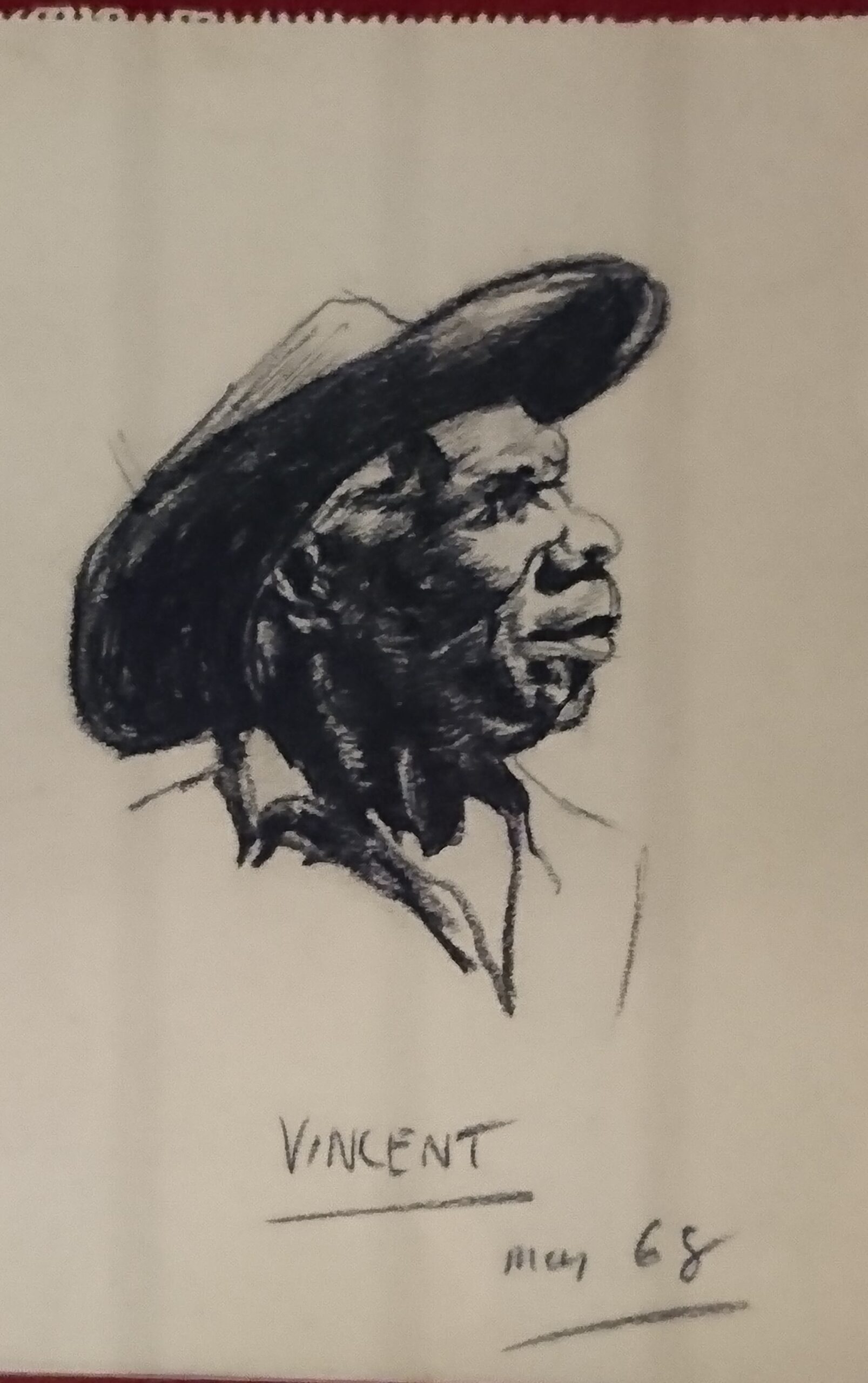
Nevertheless, the late Vincent Lingiari said it all. “Let us live happily together as mates, let us not make it hard for each other… We want to live in a better way together, Aboriginals and white men, let us not fight over anything, let us be mates…”
Amen – sotto voce.
Once a Romantic Friendship

Trump is wanting to emulate Grover Cleveland by having two non-consecutive terms as President of the United States. Despite his corpulence, Cleveland was a louche, but even though he had a previous relationship which yielded a child, he entered the White House as a bachelor at the age of 50 years. His sister filled in as the First Lady for a time; and according to an article in the Washington Post, one of which appears below, she was the First Gay Lady.
In the summer of 1910, Evangeline Simpson Whipple told the caretaker of her home not to move anything in her absence. The wealthy widow was going on a trip, but would be back soon, she said.
She never returned. When she died in 1930, she was buried at her request in Italy next to the love of her life — a woman with whom she had a relationship that spanned nearly 30 years. That woman, Rose Cleveland, had served as first lady.
The letters, preserved by the caretaker at Evangeline’s Minnesota home, are collected in, “Precious and Adored: The Love Letters of Rose Cleveland and Evangeline Simpson Whipple, 1890-1918,” and make clear that they were more than just friends, according to its editors.
When Grover Cleveland took office in 1885, he was a nearly 50-year-old bachelor, a fact that almost derailed his campaign when rumours spread that he had fathered a child out of wedlock. (He had.) Protocol for unmarried or widowed presidents called for a female relative to fill the role of first lady. In stepped his sister, Rose.
She was seen as an important counterbalance to her brother’s scandalous baggage: She was respectable, well-educated, a former teacher at a women’s seminary and the author of serious books.
Her term as first lady, however, was a mixed bag, according to the National First Ladies’ Library. Her book of essays, “George Eliot’s Poetry,” became a bestseller based on her fame, but she was frustrated with public scrutiny of her necklines and a ban on her going to private dinners or public markets.
Fourteen months in, Rose was relieved of her duties when the president married his 21-year-old ward, Frances Folsom. Rose returned to her family estate, nicknamed “The Weeds,” in Upstate New York.
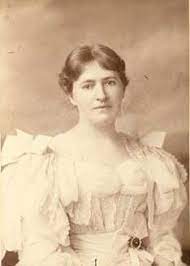
Rose met Evangeline Simpson in the winter of 1889-1890, less than a year after her brother left office for the first time. (Cleveland is the only two-term president not to have served his terms consecutively.) They probably met in Florida, where both spent the season making the rounds among the nation’s wealthier families. Rose was 43 and never married. Evangeline was probably 33 and had inherited a fortune from a late husband nearly five decades her senior. The love letters begin in April 1890, once the two returned to their respective homes. (Evangeline lived in Massachusetts.)
There was no word for what were termed “romantic friendships” for relationships between two women, especially when the relationship was sexual as revealed in the letters.
Between 1896 and 1901, the time when Evangeline was married to Bishop Henry Whipple, the first Anglican Bishop of Minnesota, the friendship was disrupted. He died in 1901, and his is another story of an extraordinary man. The relationship between the two women endured until Rose died in the Spanish flu epidemic in 1918. The evidence of this relationship is contained in a trove of letters and memorabilia contributed by the Whipple Family in 1969 to the Minnesota Historical Society, even then with some inkling that it contained Rose’s love letters which Evangeline had kept.
Mouse Whisper
SPOILER ALERT!
The TV drama “Succession” has left its audience in a lather because Il Padrino, Logan Roy, is put to death by the producers at the start of the new series. As has been stated, Logan was a bully who maintained his power by belittling, demoting, and arbitrarily firing his employees and relatives. I understand despite public denial, Rupert Murdoch is an avid watcher. Always looking to the future is our Rupert, at least that was what his pet rat, Tucker, always says.


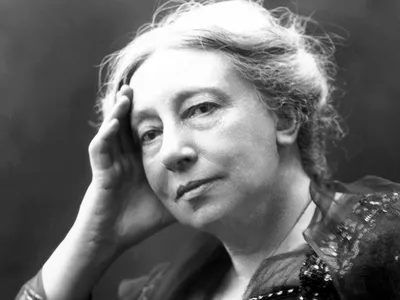
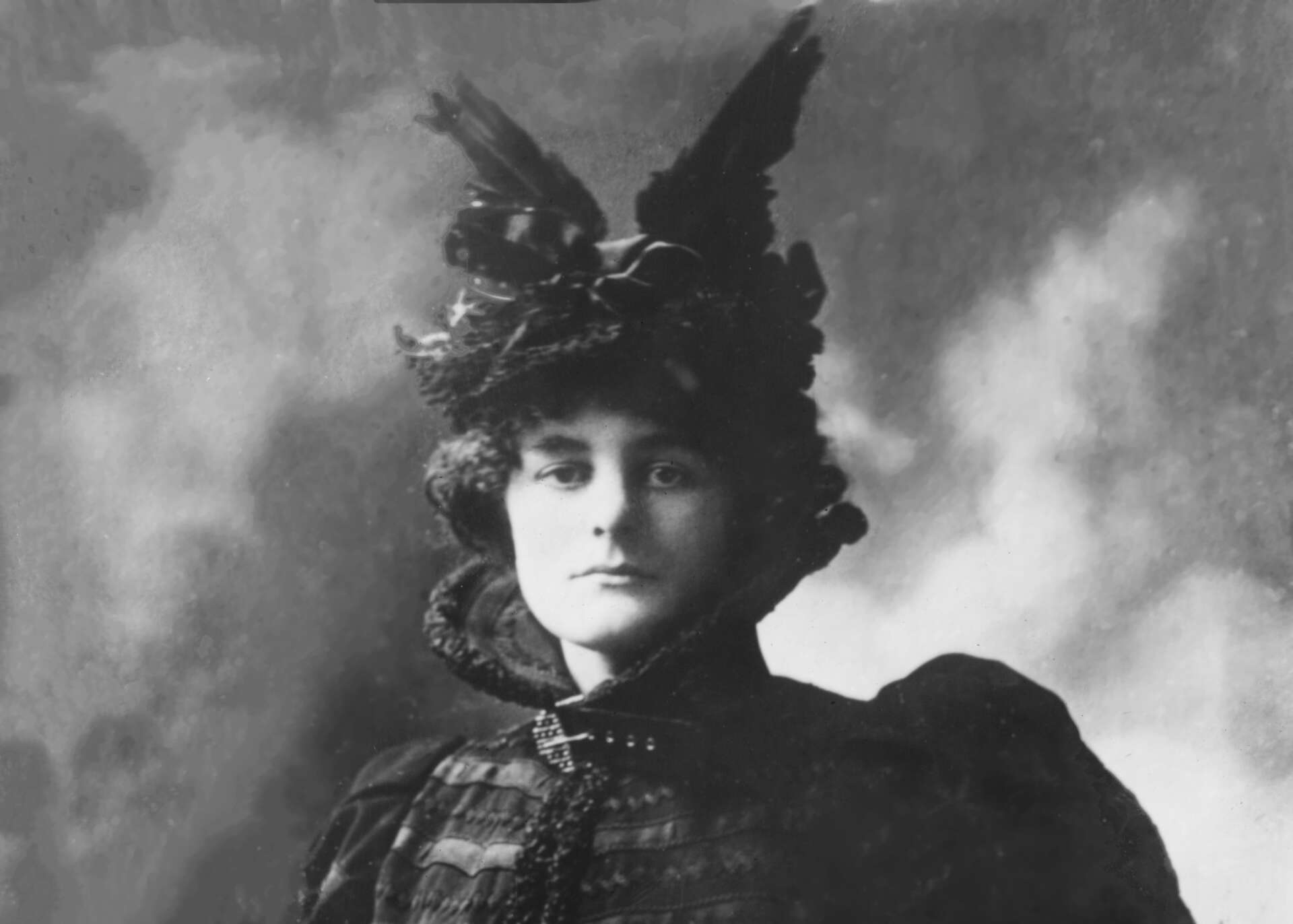
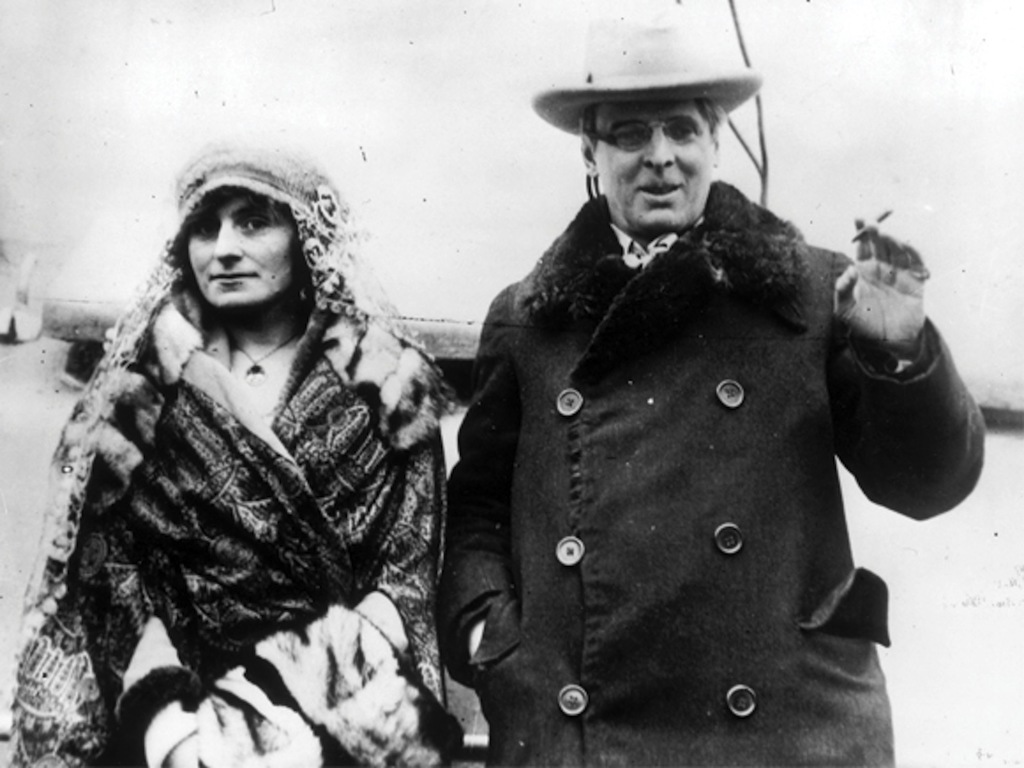
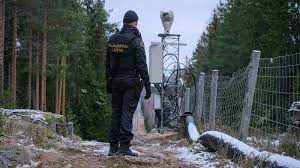
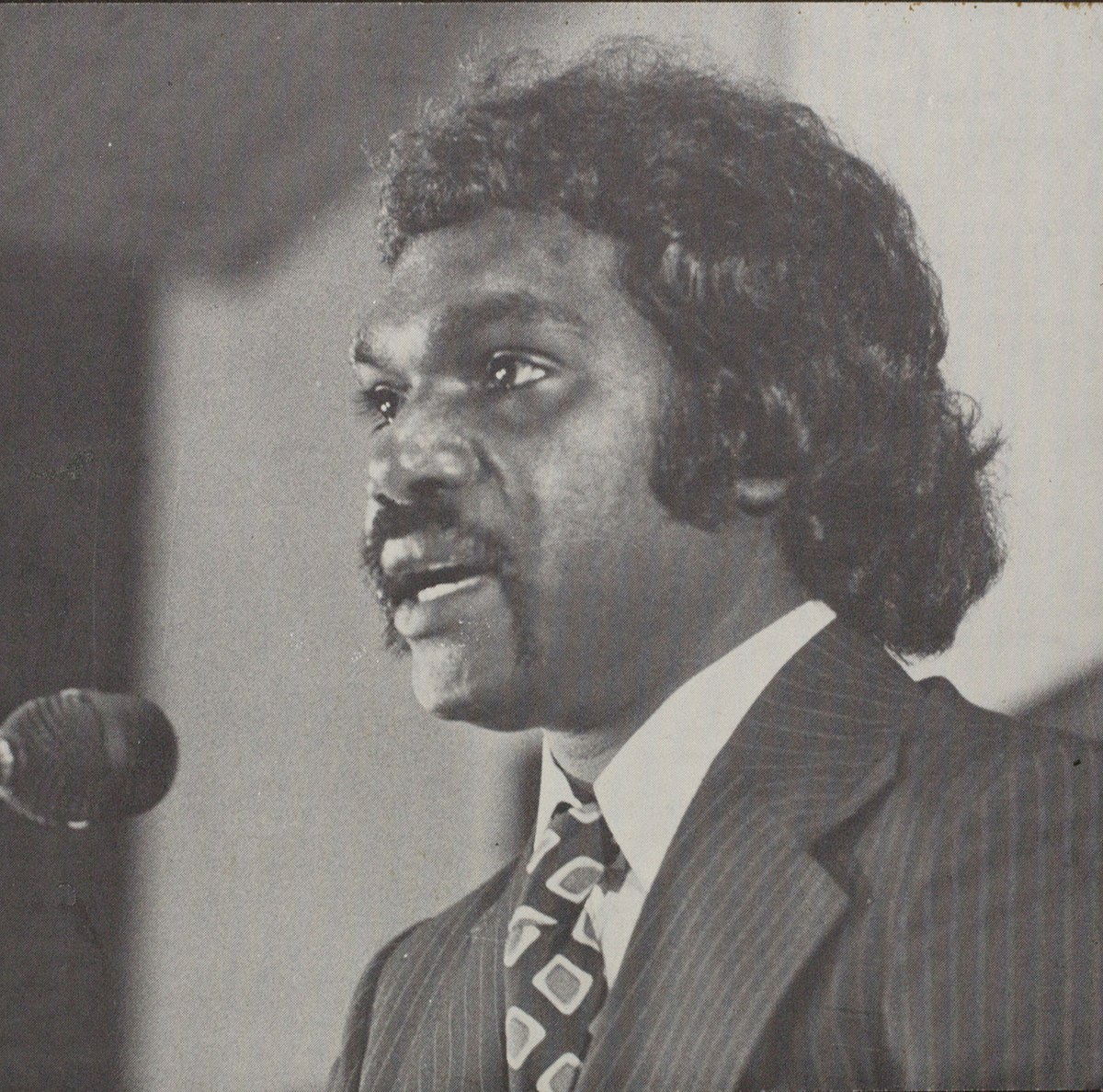
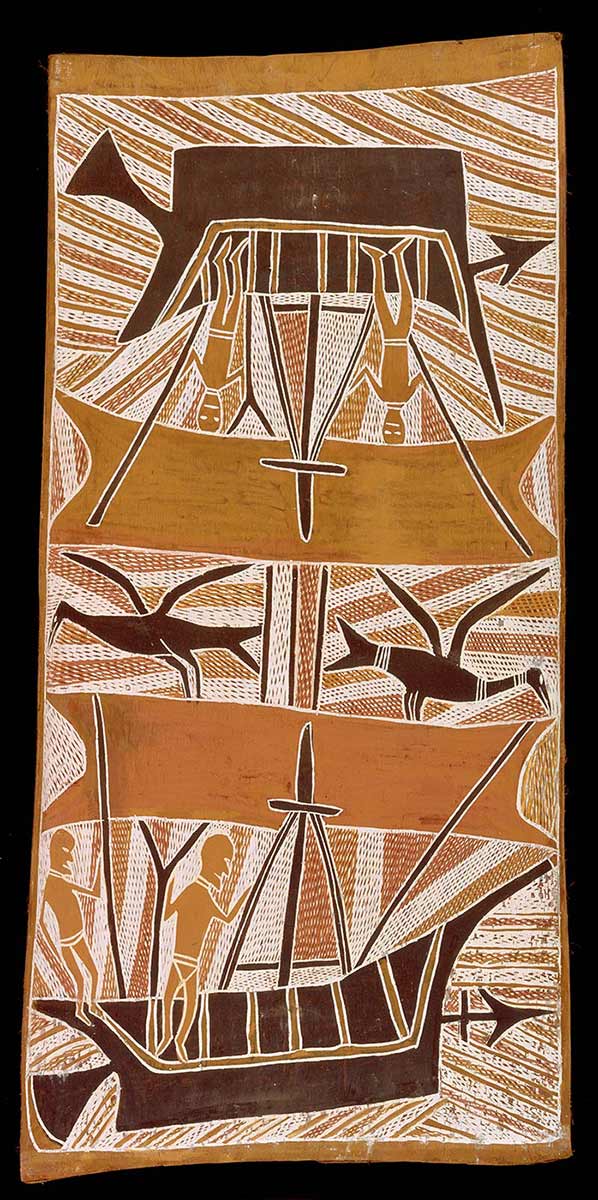
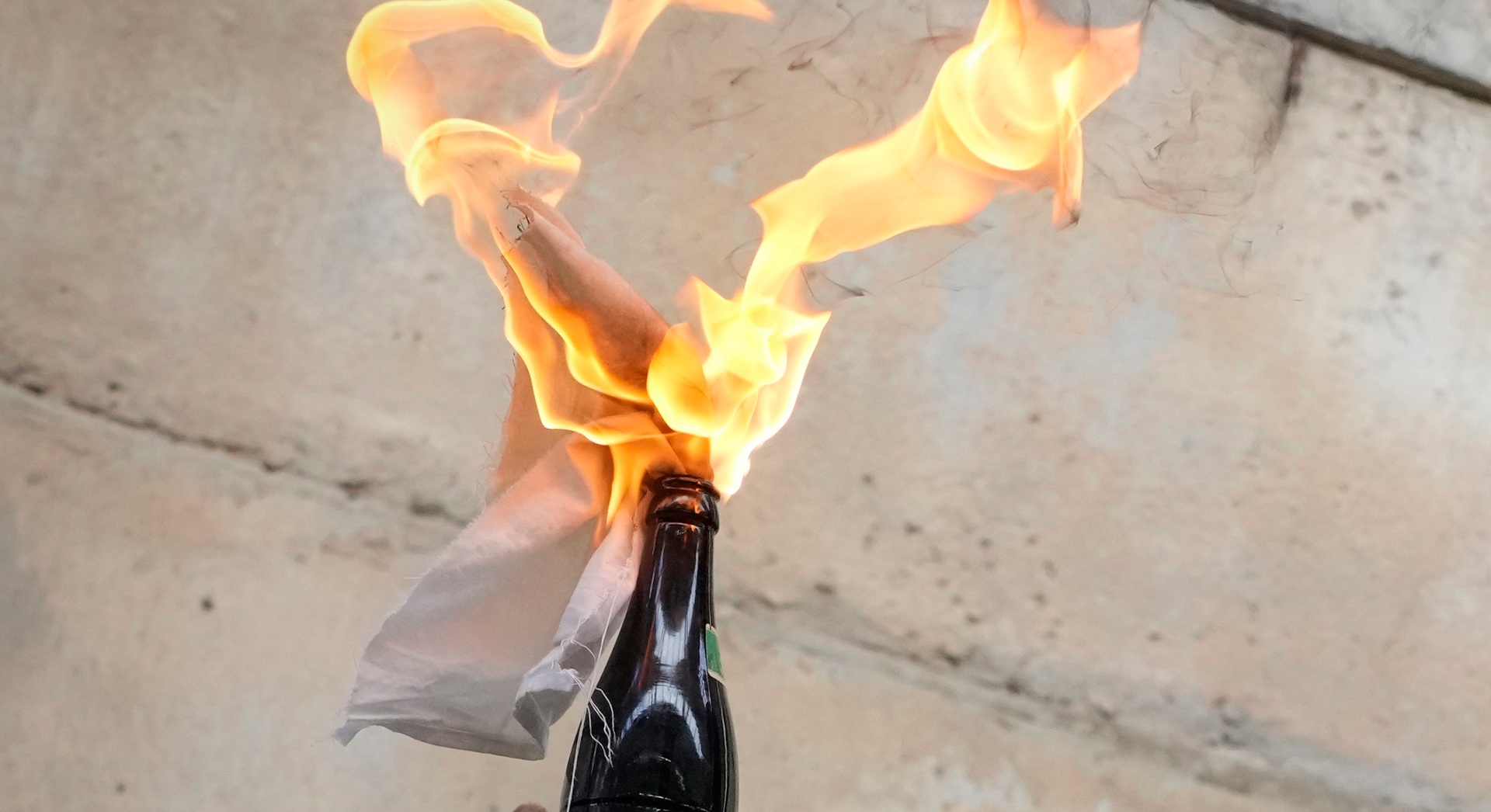

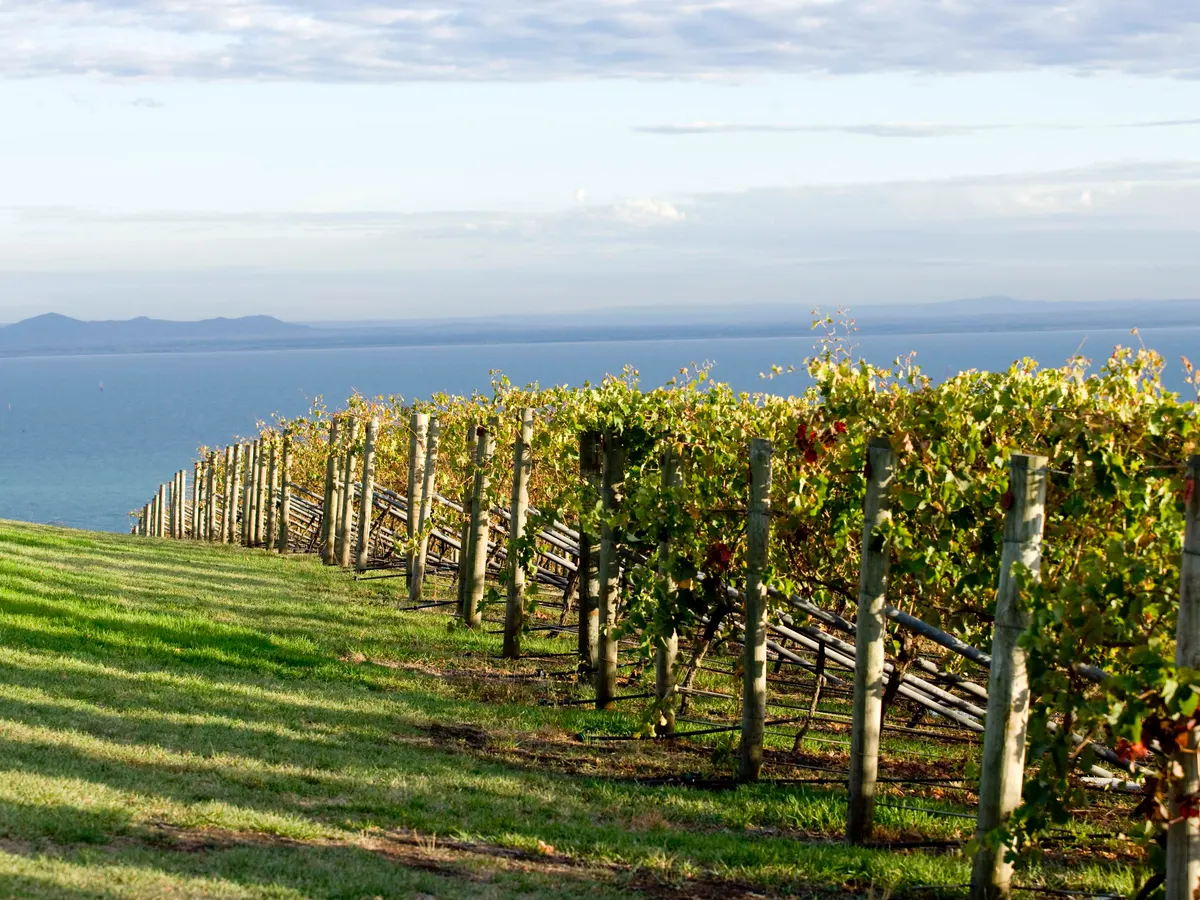
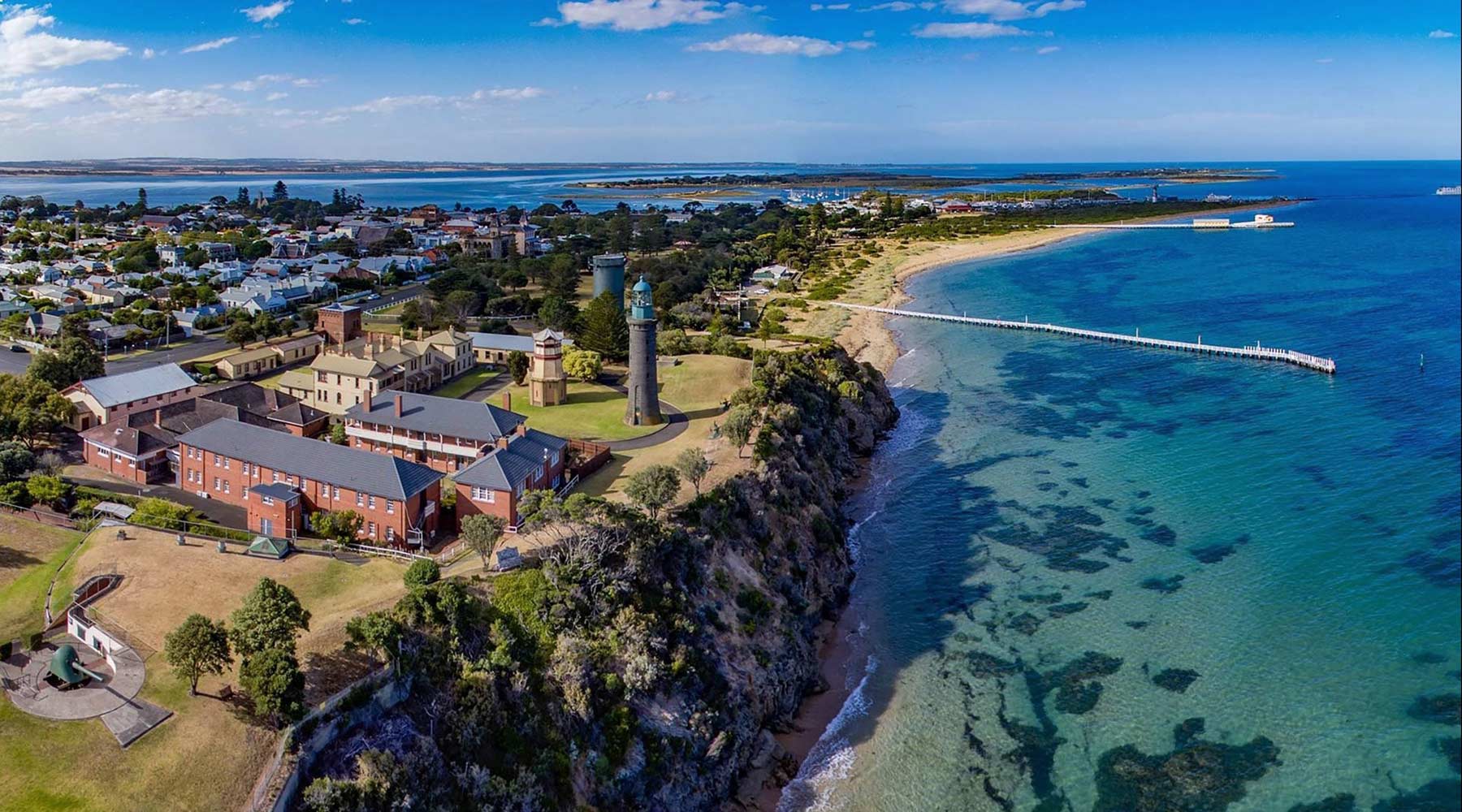
 In this episode of Q&A, the discussion between the Aboriginal people exhibited a rising crescendo as they attempted to talk over one another – one stridently anti-Voice, the other pro-Voice. In fact, as the anti-Voice proponent pointed out, the Uluru Statement from the Heart had positioned itself as being that of all Aboriginal people, whereas Uluru was a totem of Walpiri people, who had incidentally not been involved in the development of the statement. This anti-Voice, Jacinta Price, the National Party Senator from the Northern Territory is Walpiri on her mother’s side, giving her a firm base from which to launch her salvoes. Having derided the Uluru Statement, her position was clear, whereas her fellow Senator from the Northern Territory (her land is in the Gulf Country), Malarndirri McCarthy, who represents the ALP, is very pro-Voice; hence the dispute between the two.
In this episode of Q&A, the discussion between the Aboriginal people exhibited a rising crescendo as they attempted to talk over one another – one stridently anti-Voice, the other pro-Voice. In fact, as the anti-Voice proponent pointed out, the Uluru Statement from the Heart had positioned itself as being that of all Aboriginal people, whereas Uluru was a totem of Walpiri people, who had incidentally not been involved in the development of the statement. This anti-Voice, Jacinta Price, the National Party Senator from the Northern Territory is Walpiri on her mother’s side, giving her a firm base from which to launch her salvoes. Having derided the Uluru Statement, her position was clear, whereas her fellow Senator from the Northern Territory (her land is in the Gulf Country), Malarndirri McCarthy, who represents the ALP, is very pro-Voice; hence the dispute between the two.



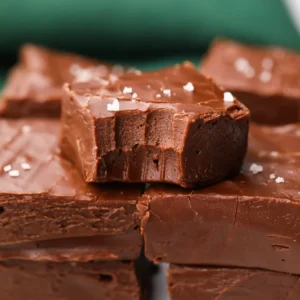
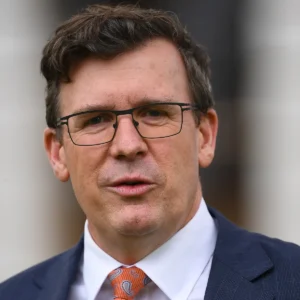
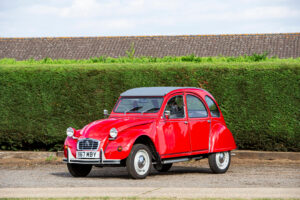
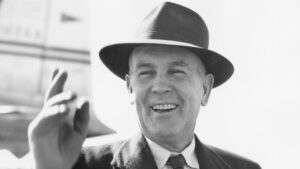


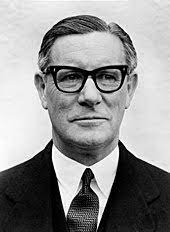



 The Defence force spends somewhere in the region of $40m a year in recruitment of men and women to the army, navy and air force. Nowhere in the advertisements is the message, join the defence force to be killed fighting for your country. Rather, learn skills, enjoy yourself.
The Defence force spends somewhere in the region of $40m a year in recruitment of men and women to the army, navy and air force. Nowhere in the advertisements is the message, join the defence force to be killed fighting for your country. Rather, learn skills, enjoy yourself.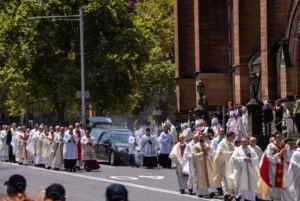 The other perception of the Church is how ludicrous some of the regalia looks when placed alongside stated conservative attitudes. After all, look at the fancy dress of the church dignitaries and then fast forward to the forthcoming dress-ups for mardi gras by the queer dignitaries.
The other perception of the Church is how ludicrous some of the regalia looks when placed alongside stated conservative attitudes. After all, look at the fancy dress of the church dignitaries and then fast forward to the forthcoming dress-ups for mardi gras by the queer dignitaries.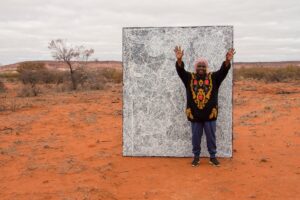
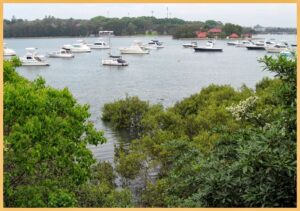 When I used to run the Iron Cove, the mangroves were there, but not to the height and extent as the mangrove forest now. It used to be stunted and did not exhibit its current lushness – rather it was a swamp bordering on the estuary, the water flowing tidally, and at ebbtide, it was a muddy swamp with just a thin cover of mangroves. Now it is different and given the mangrove so essential for water hygiene, maybe the underlying pollution will diminish.
When I used to run the Iron Cove, the mangroves were there, but not to the height and extent as the mangrove forest now. It used to be stunted and did not exhibit its current lushness – rather it was a swamp bordering on the estuary, the water flowing tidally, and at ebbtide, it was a muddy swamp with just a thin cover of mangroves. Now it is different and given the mangrove so essential for water hygiene, maybe the underlying pollution will diminish.




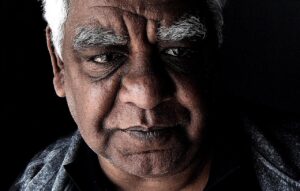
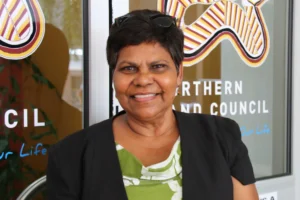

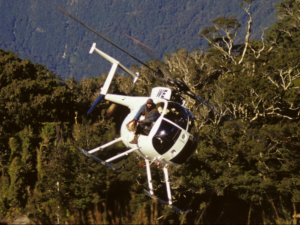
 Deer have a number of advantages. There is this lack of recognition of how dangerous they are. Unlike feral horses in the high country, they hide away from urban Australia. Their destructive effect is complicated by perceptions of deer, either being dewy-eyed fawns – the bambi effect, or alternatively projecting the majesty of the Monarch of the Glen. The hunter lobby is very powerful given that, in both the Victorian and New South Wales parliaments, there are representatives of Shooters, Fishers and Farmers Party.
Deer have a number of advantages. There is this lack of recognition of how dangerous they are. Unlike feral horses in the high country, they hide away from urban Australia. Their destructive effect is complicated by perceptions of deer, either being dewy-eyed fawns – the bambi effect, or alternatively projecting the majesty of the Monarch of the Glen. The hunter lobby is very powerful given that, in both the Victorian and New South Wales parliaments, there are representatives of Shooters, Fishers and Farmers Party.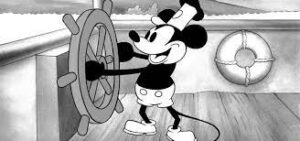
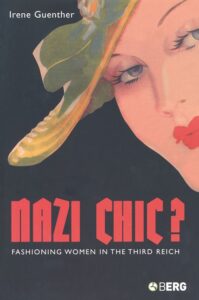 There is a term “Nazi chic” which, as one writer wrote: “From high end designers to campy trends like “swastikawaii”, ” the iconography of Nazi style has elbowed its way through history, whether its wearers promote its ideology or not.” You see echoes of this in the uniform of those services which dress in dark leathers and buzz round on motorcycles in pursuit of the errant motorist. In fact, if you look at a photo of a German officer such as General Rommel, you see a man in a well-tailored uniform, and the fashionista that appropriate such a uniform, they do not seek meaning, rather they concentrate on appearance.
There is a term “Nazi chic” which, as one writer wrote: “From high end designers to campy trends like “swastikawaii”, ” the iconography of Nazi style has elbowed its way through history, whether its wearers promote its ideology or not.” You see echoes of this in the uniform of those services which dress in dark leathers and buzz round on motorcycles in pursuit of the errant motorist. In fact, if you look at a photo of a German officer such as General Rommel, you see a man in a well-tailored uniform, and the fashionista that appropriate such a uniform, they do not seek meaning, rather they concentrate on appearance.
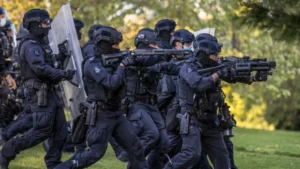
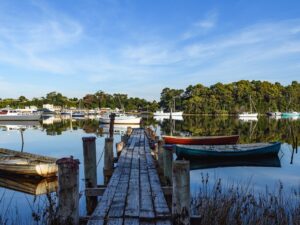
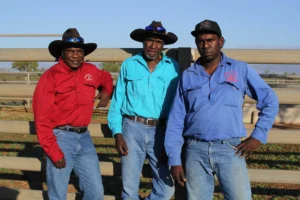 But what saddened me in watching the Brunette Downs episode, is that there seemed to be little interaction at a personal level between whitefella and blackfella. Sure as one the Aboriginal men, Elvis said working conditions had vastly improved – and one of the older white men entrusted to training the newcomers said how much he had learnt from the Aboriginal stockmen, a theme not further pursued as Backroads reverted to the Blue Hills view of the Bush.
But what saddened me in watching the Brunette Downs episode, is that there seemed to be little interaction at a personal level between whitefella and blackfella. Sure as one the Aboriginal men, Elvis said working conditions had vastly improved – and one of the older white men entrusted to training the newcomers said how much he had learnt from the Aboriginal stockmen, a theme not further pursued as Backroads reverted to the Blue Hills view of the Bush.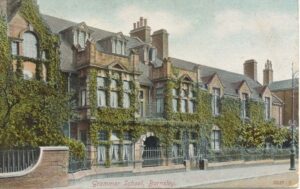
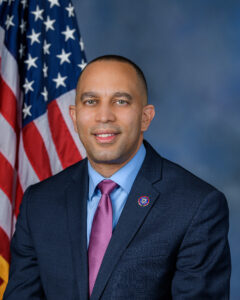

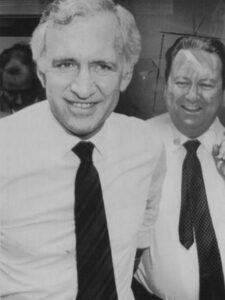

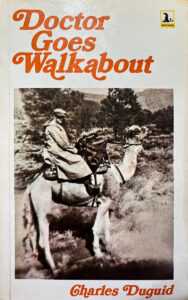 Charles Duguid, who lived to 102, wrote these words. He was born in the same year as my grandmother in 1884. Thus, I have a personal acquaintance with the age in which he lived. Duguid wrote this reminiscence, “Doctor Goes Walkabout”, when he was 82. It detailed his life from a Scottish childhood and early adult life as a young doctor.
Charles Duguid, who lived to 102, wrote these words. He was born in the same year as my grandmother in 1884. Thus, I have a personal acquaintance with the age in which he lived. Duguid wrote this reminiscence, “Doctor Goes Walkabout”, when he was 82. It detailed his life from a Scottish childhood and early adult life as a young doctor.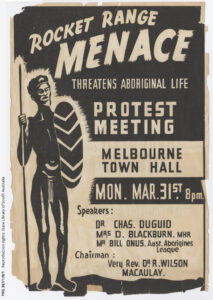 Later in the 1950s he again appeared again more worried about his own standing. When the Government alienated Pitjantjatjara Lands for the Woomera Rocket Range, his reaction was not that of an outraged defender of this people who had befriended. He certainly resigned from the Aboriginal Protection Board when they agreed to Woomera, but his disapproval seemed to have been assuaged by the appointment of a “good white man” by the government – a man who looked after the sheep at the Ernabella Station as the Aboriginal Protector. He was “ideally suited to the job”. I am not sure that Duguid realised how that could be interpreted, as likening the Aboriginal people to sheep. But remember, for the devout, a reference to “sheep” is not derogatory.
Later in the 1950s he again appeared again more worried about his own standing. When the Government alienated Pitjantjatjara Lands for the Woomera Rocket Range, his reaction was not that of an outraged defender of this people who had befriended. He certainly resigned from the Aboriginal Protection Board when they agreed to Woomera, but his disapproval seemed to have been assuaged by the appointment of a “good white man” by the government – a man who looked after the sheep at the Ernabella Station as the Aboriginal Protector. He was “ideally suited to the job”. I am not sure that Duguid realised how that could be interpreted, as likening the Aboriginal people to sheep. But remember, for the devout, a reference to “sheep” is not derogatory. I had just finished listening to The Summer Knows, the theme song of The Summer of ’42 written and played by the late Michel Legrand. The essay below by Roger Ebert describes for him the inevitability of the distortion of the nostalgia for that time one had a brief relationship with an older woman. It is one of those experiences with all the magic of a fairy tale which, as you grow older and the evocative last words of the film “I never saw her again” exaggerate the poignancy but also the unreality of this experience – not the tragedy that it originally seemed, but a privilege to have briefly believed one was in love. And perhaps one was, but I am no longer the adolescent to verify that emotion.
I had just finished listening to The Summer Knows, the theme song of The Summer of ’42 written and played by the late Michel Legrand. The essay below by Roger Ebert describes for him the inevitability of the distortion of the nostalgia for that time one had a brief relationship with an older woman. It is one of those experiences with all the magic of a fairy tale which, as you grow older and the evocative last words of the film “I never saw her again” exaggerate the poignancy but also the unreality of this experience – not the tragedy that it originally seemed, but a privilege to have briefly believed one was in love. And perhaps one was, but I am no longer the adolescent to verify that emotion.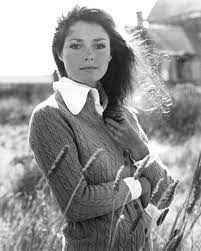
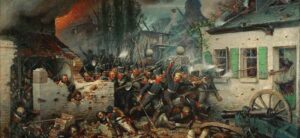

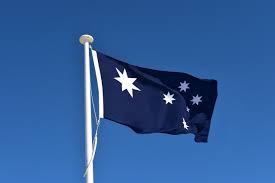
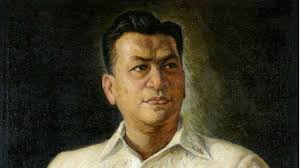
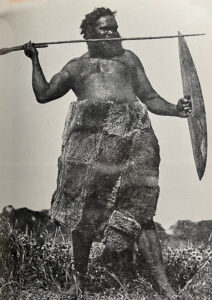 Yet the Ngarrindjeri had their own clothes – an Aboriginal clothed neck to ankles in a toga of possum skins, a woven dilly bag slung over his shoulder, carrying a nulla in one hand and a shield in the other cuts an impressive figure. Other early illustrations show people with woven seaweed cloaks. These were skilful sophisticated hunter/gatherers.
Yet the Ngarrindjeri had their own clothes – an Aboriginal clothed neck to ankles in a toga of possum skins, a woven dilly bag slung over his shoulder, carrying a nulla in one hand and a shield in the other cuts an impressive figure. Other early illustrations show people with woven seaweed cloaks. These were skilful sophisticated hunter/gatherers.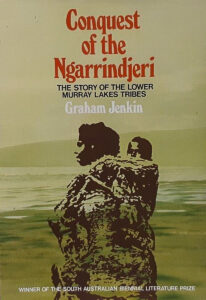 Uncle Henry Rankin gave us a copy of the book “Conquest of the Ngarrindjeri” during a visit just before Christmas in 2000. He had been significant in maintaining the integrity of the community – a community whose members are spread far and wide and who are prominent members of the South Australian community. This edition was an update of the original work written by a University of South Australia academic, Graham Jenkin. Originally published in 1979, it won the Wilke Literary Award for non-fiction; the second edition was published by Raukkan itself in 1995.
Uncle Henry Rankin gave us a copy of the book “Conquest of the Ngarrindjeri” during a visit just before Christmas in 2000. He had been significant in maintaining the integrity of the community – a community whose members are spread far and wide and who are prominent members of the South Australian community. This edition was an update of the original work written by a University of South Australia academic, Graham Jenkin. Originally published in 1979, it won the Wilke Literary Award for non-fiction; the second edition was published by Raukkan itself in 1995.


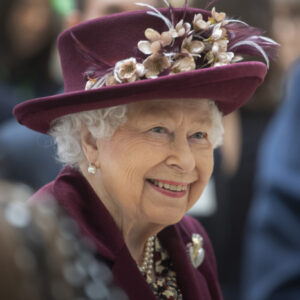 Her everlasting legacy. She did not linger. She died with dignity. She would have ensured that.
Her everlasting legacy. She did not linger. She died with dignity. She would have ensured that.
